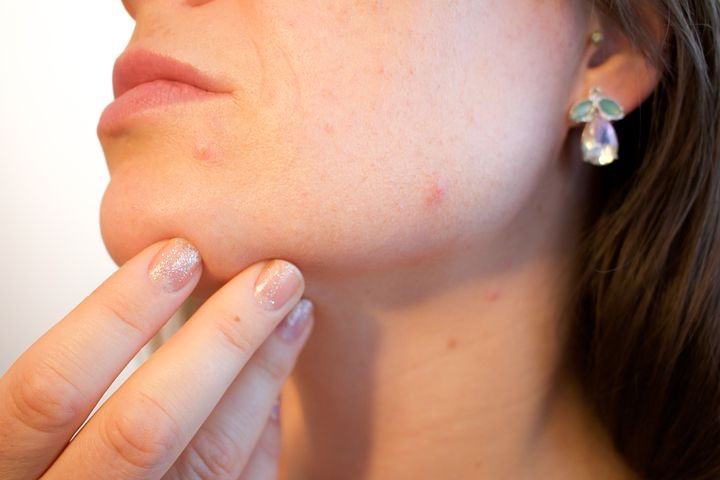Issue #66: Where are the small molecule drugs to treat COVID-19?
While we are all very aware of how quickly effective vaccines to prevent SARS-CoV-2 infection emerged, we’ve not been hearing a great deal about small molecule therapeutics directed specifically at this novel coronavirus. The public discussion so far has focused on repurposed drugs, ranging from the antimalarial Hydroxychloroquine, to Ivermectin – developed initially to treat heart worm in dogs and used very effectively to treat river blindness – to various ribonucleoside analogues. In each case, there has been some molecular rationale for going down that road, plus a lack of solid evidence re efficacy.
As anyone who has ever engaged with the process of drug evaluation and licensing would realise, testing a drug for therapeutic value and/or prophylaxis in COVID-19 requires properly constituted, double-blind trials (#56). The disease is just too variable in clinical presentation for any anecdotal evidence to be taken seriously and, particularly with Hydroxychloroquine, inadequate, underpowered trials drove confusion and misrepresentation. Unlike the original SARS virus of 2002, SARS-CoV-2 multiplies to the high titres that enable transmission early in the course of infection with, as is the case in influenza, any treatment with antivirals likely being most effective if given concurrent with initial presentation. Uniquely because of the unprecedented, widespread use of PCR testing for diagnosis, that could have been done with COVID-19. But, with a drug like Hydroxychloroquine that does have known toxicity, treating people with mild (or no) symptoms would not be a strategy with much appeal to medical professionals.
As a consequence, with drugs being given, initially at least, to patients with substantial symptoms, much of the trial work that was done may not have been especially useful as the therapy was being instituted too late in the course of the disease. That’s why some competent professionals persisted with testing Hydroxychloroquine as a possible early treatment. In the end, though, the general conclusion was that it did not have a useful part to play in therapy. The drug that looked more promising and was used extensively in hospitals – it isn’t easy to manufacture in bulk and supply was an issue – was the repurposed (from Ebola treatment) nucleoside analogue Remdesivir. Though it continues to be recommended for use in some clinical settings, it hasn’t proved to be the ‘magic bullet’ that everyone had been hoping for.



















